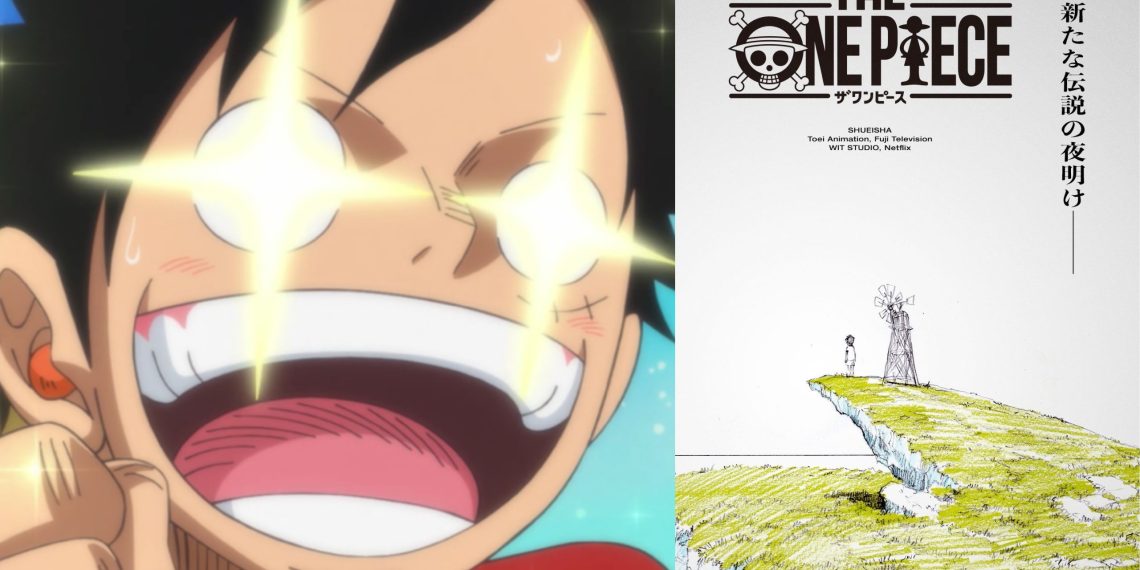The upcoming One Piece remake by WIT Studio has sparked plenty of debate among anime fans.
While some fans are excited about it, others are unsure about the production, debating if it is worth remaking a series like One Piece while it is still currently ongoing.
However, new information about the remake reveals why the studio has opted to remake the legendary anime franchise.
In early July, the website Real Sound interviewed the Co-founder and President of WIT studio, George Wada.
The core theme of the interview was the future of the anime industry and what was coming next for Production IG and WIT Studio.
From George Wada, Co-founder and President of WIT Studio :
"We're making "THE ONE PIECE" anime to reach a wider audience. Many hesitate to watch the current series because of its old 4:3 format and the high number of episodes. We're addressing these issues in the remake." pic.twitter.com/JhKGxFpr28
— Pew (@pewpiece) July 2, 2024
Naturally, this led to Wada discussing several of the studio’s current and upcoming projects, including The One Piece. When discussing the project, Wada is quoted as saying:
“We’re making ‘THE ONE PIECE’ anime to reach a wider audience. Many hesitate to watch the current series because of its old 4:3 format and the high number of episodes. We’re addressing these issues in the remake.”
Addressing the Length of One Piece
It is easy to see why Wada would make these two elements the focus of The One Piece.
Since the original One Piece anime debuted on October 20th, 1999, there have been over 1110 One Piece episodes.
Each One Piece episode is around 24 minutes long, meaning it would take about 26,640 minutes to watch episode 1 to episode 1110, which is over 18 days of non-stop One Piece viewing (presuming that no new episodes were released in the meantime).
Without going into the more intricate and meticulous calculations of how long that would take when incorporating people’s daily schedules, it’s still quite simple to say it isn’t the most feasible task.
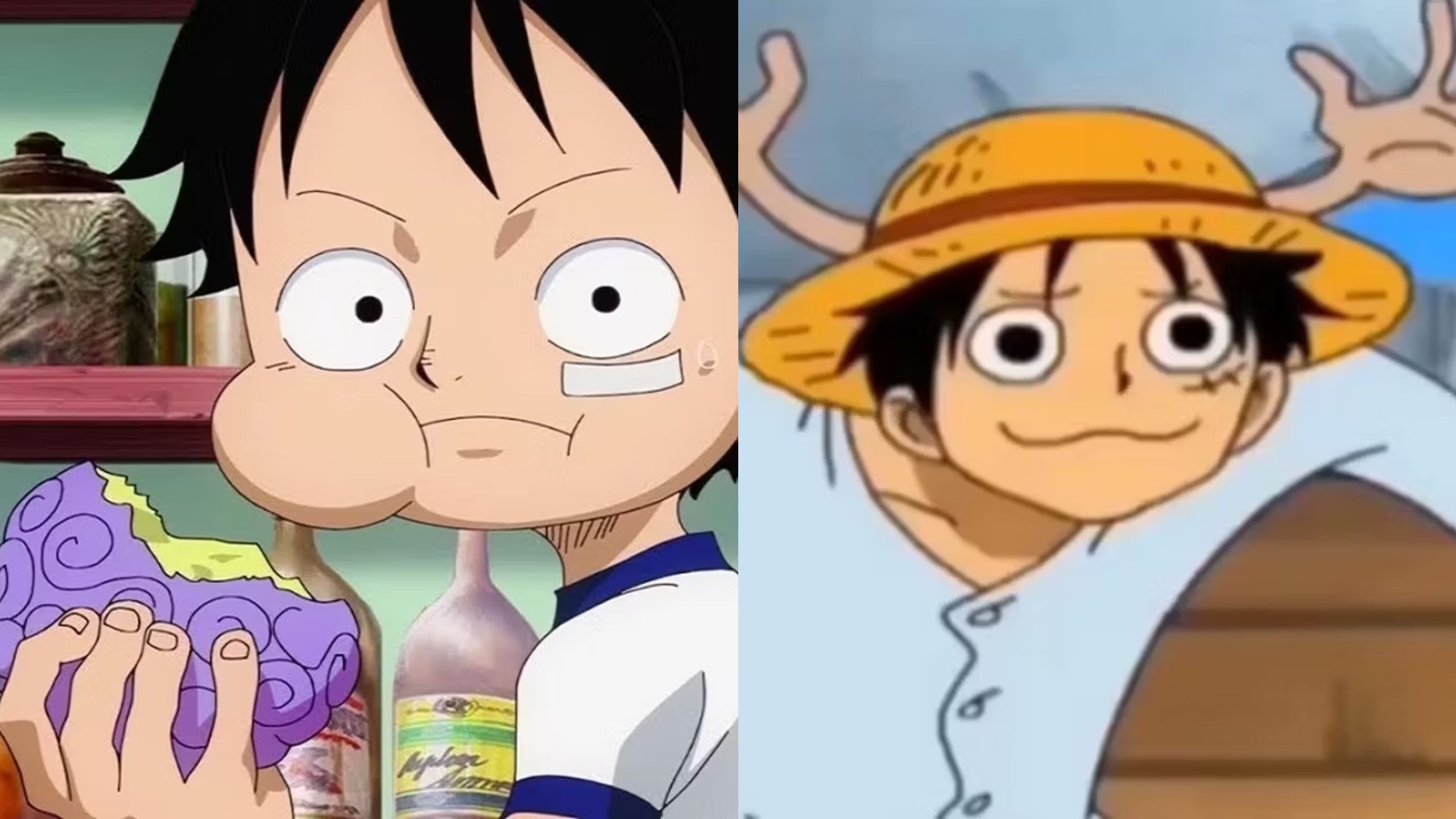
This number becomes even more terrifying if the various One Piece movies and specials are included in the calculation.
Currently, 15 One Piece movies, running for over 1300 minutes combined, have been released. On top of this, there are also 13 One Piece television specials with a combined runtime of over 1100 minutes.
Within said movies, there are some that can be considered canon, so watching them would actually be beneficial to understanding the story. Definitely not beneficial to someone with a busy schedule, though.
The Challenge of Starting One Piece
With the aforementioned numbers and details in mind, it means that going into One Piece as a new fan feels like an impossible task — one where viewers would need to treat the show like a job to even make a dent in the episode count.
It should be noted that One Piece is currently the 16th longest-running anime of all time.
Of the top 20 longest-running anime, One Piece stands out as being one of the few shows to have an overarching narrative, with most of the longer shows (like Doraemon, Sazae-san, and Nintama Rantarō) being episodic comedies with little overarching storyline beyond the basic premise.
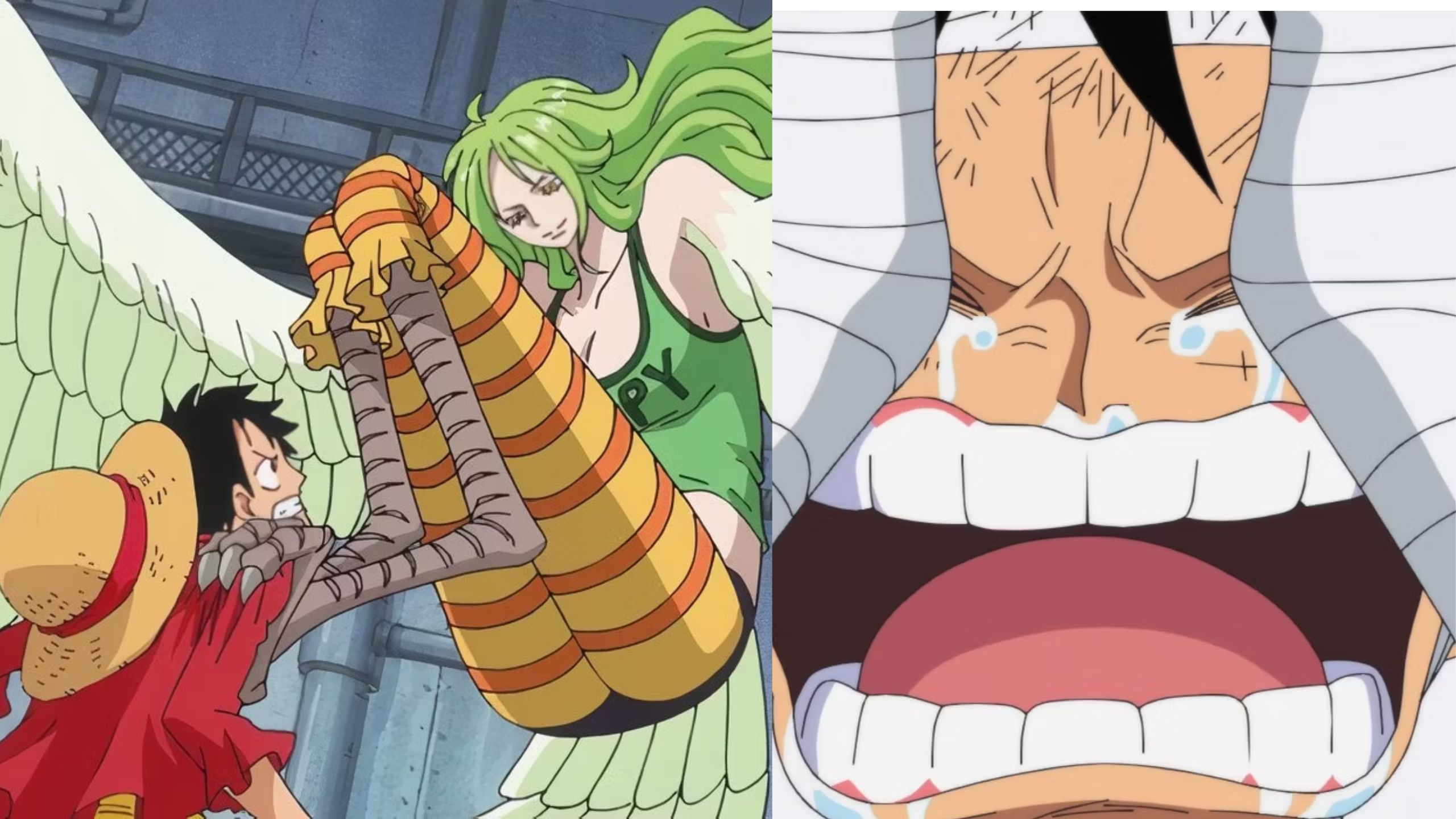
For those shows, it means that viewers can see in at any time without having to worry about what came before, making One Piece a uniquely intimidating prospect.
Modernizing the Early Episodes
Another thing to note is that early One Piece has a vastly different feel. Today, One Piece is famous for its complex story and intense fights.
But early One Piece was way more comedic and followed a more standard Shōnen format.
This, combined with the early show’s infinitely slower pacing, means that returning to the early episodes can be a jarring experience.
It’s easy to imagine that a new viewer who goes into One Piece based on modern reviews will quickly check out after finding the show is nothing like they expected.
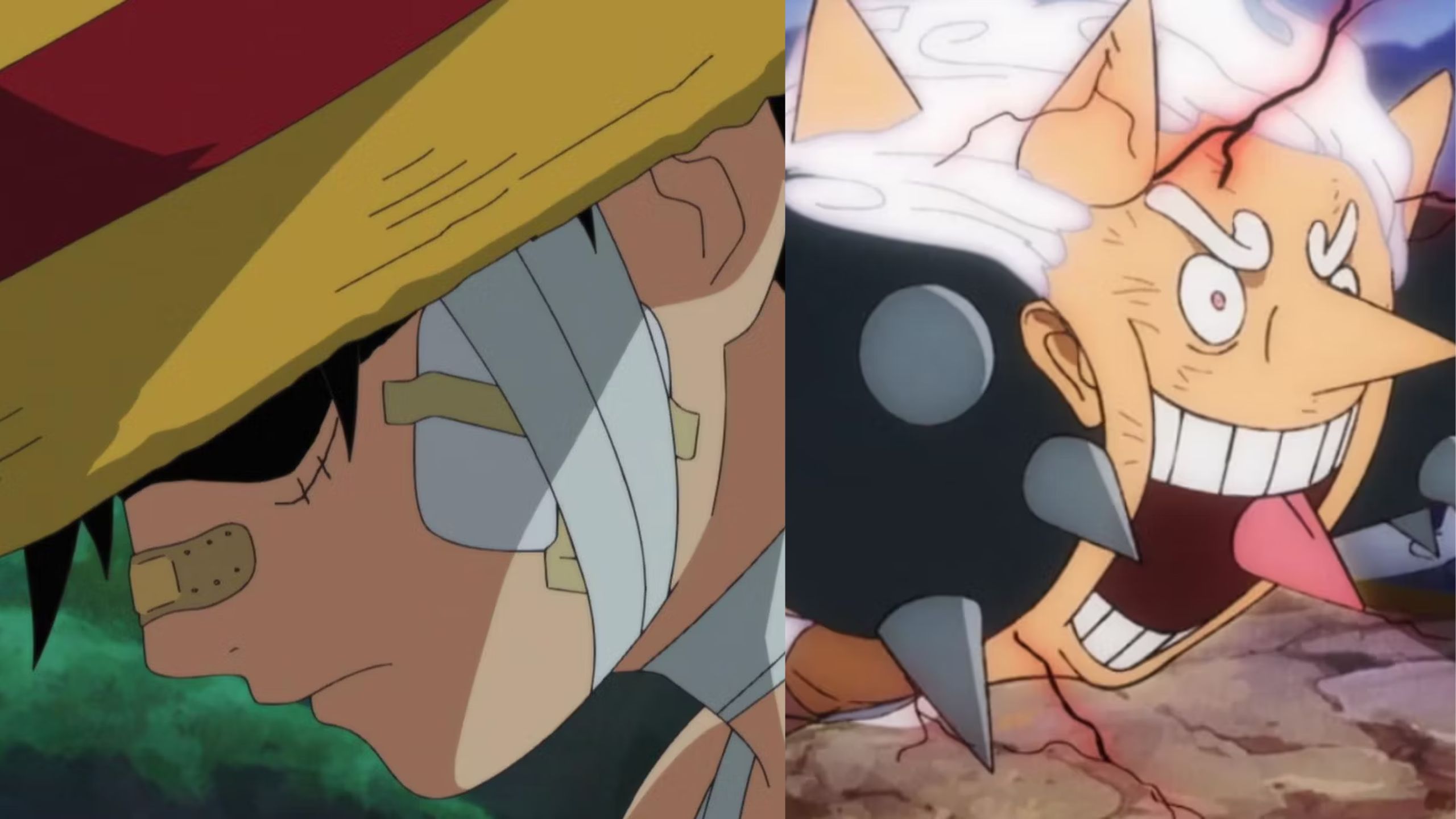
This is something a remake could easily fix by upping the pacing and bringing forward several big plot reveals, making the early episodes feel more like the newer ones.
Wada also noted that early One Piece’s 4:3 aspect ratio was a major issue for new viewers, saying:
“Young people who are used to watching anime today due to technological innovations may find it difficult to watch the footage from 25 years ago when the One Piece anime started airing because it was in a different format.”
The Aspect Ratio Issue
This statement was controversial, with many fans arguing that early One Piece’s lower-quality animation was part of the show’s charm.
While this is true, especially if the viewer has nostalgia for that era, it’s hard to argue that returning to early One Piece episodes today can be a massive culture shock, as they are clearly showing their age and look nothing like the modern ones.
While focusing on aspect ratios may seem strange on the surface, this element does reflect a massive barrier of entry for newer fans.
4:3 aspect ratios made sense in the 1990s because most consumer screens were built around this aspect ratio being the standard.

But since 2009, most available screens have been designed for the 16:9 aspect ratio. When a 4:3 image is shown on a 16:9 display, it is either stretched to fit or massive black bars are put on either side of the image.
The former option leads to the image looking distorted or bits of it getting cut off, while the latter is very distracting and can ruin the show’s aesthetic and the viewer’s immersion.
This issue is only intensified by the fact that many people watch anime on their phones, which makes this worse as a 4:3 video is tiny on a small 16:9 phone screen, making it very hard to see what is going on, reducing the viewer’s enjoyment significantly.
The Length and Modern Appeal
In many ways, this issue is intensified by One Piece’s immense length. A viewer who decides to start One Piece from the beginning now will likely have been drawn to the show by the live-action version or a recent moment that has gone viral, like Gear 5’s debut.
However, they may lose interest when met with a show that looks nothing like the series that caught their eye.
These second thoughts will only grow more intense when they learn that the show won’t move to a 16:9 aspect ratio until the 207th episode and that the second major visual upgrade won’t come until episode 517.
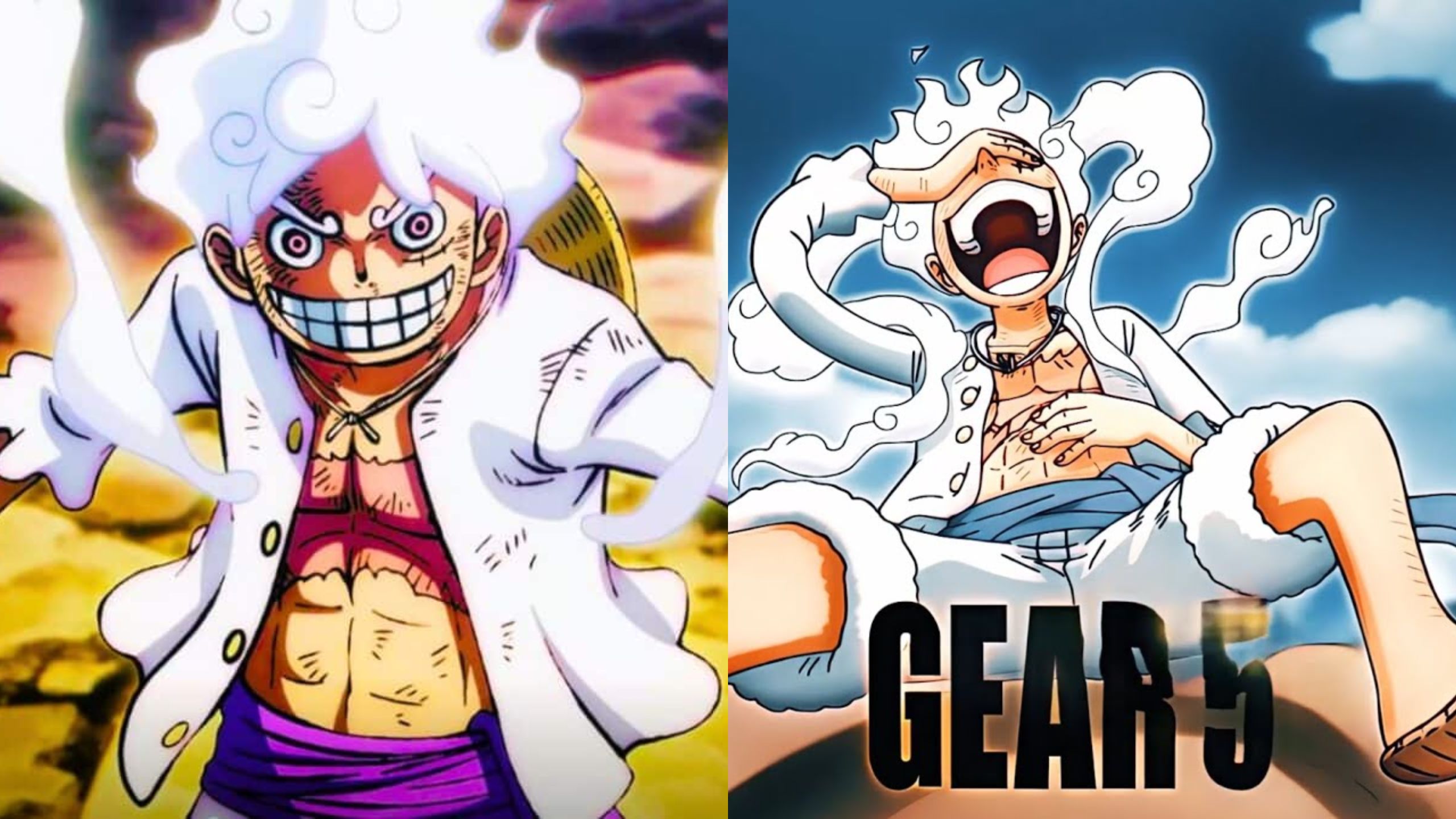
This means that even struggling through the less visually impressive episodes of the show is a several-day commitment, something that many new viewers will not be willing to commit to.
Expanding the Anime Industry
During the interview, Wada noted that going forward, the industry must work to expand anime’s audience in Japan and globally. And to do that, they need to make the medium and its stories more accessible.
“Eiichiro Oda has a strong desire to deliver Japanese manga to more people around the world, and to that end he took on the challenge of making a live-action version of ONE PIECE. In order to further spread Japanese anime around the world, we need to reach people who have never been exposed to it before.
For example, Haikyu!!’ produced by our company is currently a big hit in Japan, and new fans who have never been exposed to anime are coming in. Both Oda-sensei and we had the desire to spread the word about anime to people who don’t know about it, and even to the rest of the world, and THE ONE PIECE was planned as the gateway to that goal.”
Animation and Pacing Improvements
With this goal in mind, it becomes obvious why Wada is building The One Piece around animation and pacing improvements, as these are frequently cited reasons why many newer fans are nervous about going into One Piece.
It should also be noted that Wada mentioned the live-action One Piece twice during the interview, even saying his plan is “an image of manga, anime, and live-action moving forward while overlapping and expanding One Piece.”
This makes sense because, in many ways, the live-action One Piece perfectly summarizes the ideas Wada discusses during the interview.

Not only did this version show that a quicker, visually modern take on the One Piece story works, but it also proved that the story resonated with people who don’t usually watch anime or read manga.
This shows that if studios make their stories more accessible, they can attract a bigger audience, and the bigger the audience, the more chances a franchise has to make money through products, which funds the production of new franchises.
Expanding Global Reach
As Wada notes near the end of the interview:
“Given this situation, I think the reason that Japanese anime has spread so far is largely due to the presence of distribution sites such as Netflix. It gradually expanded from the early 2010s to 2020, and the infrastructure has gradually been put in place, and to this day, I believe that the core market has reached a certain extent around the world, including America and Asia. In order to further expand this to the general public, we need to expand our reach even further and strengthen our efforts to hold local events.
Just watching anime isn’t enough, you can fall in love with it even more by buying goods, participating in events, and sharing it with other fans. Japan and some parts of Asia are still the only countries where this type of consumption behavior is possible. In 2023, Animate opened a store in Los Angeles, USA, and we also saw it, and it was located in a very large shopping mall. The fact that the culture of not only watching but also buying goods has finally entered the center of the American entertainment industry is not talked about much, but I think it’s actually a big topic.”
The Future of One Piece
Only time will tell if The One Piece successfully pulls off the ideas Wada discussed during this interview.
However, it’s hard to deny that his points are solid and that his goal of making the series, and thus anime as a whole, more accessible isn’t a noble one that could mean great things for the industry.
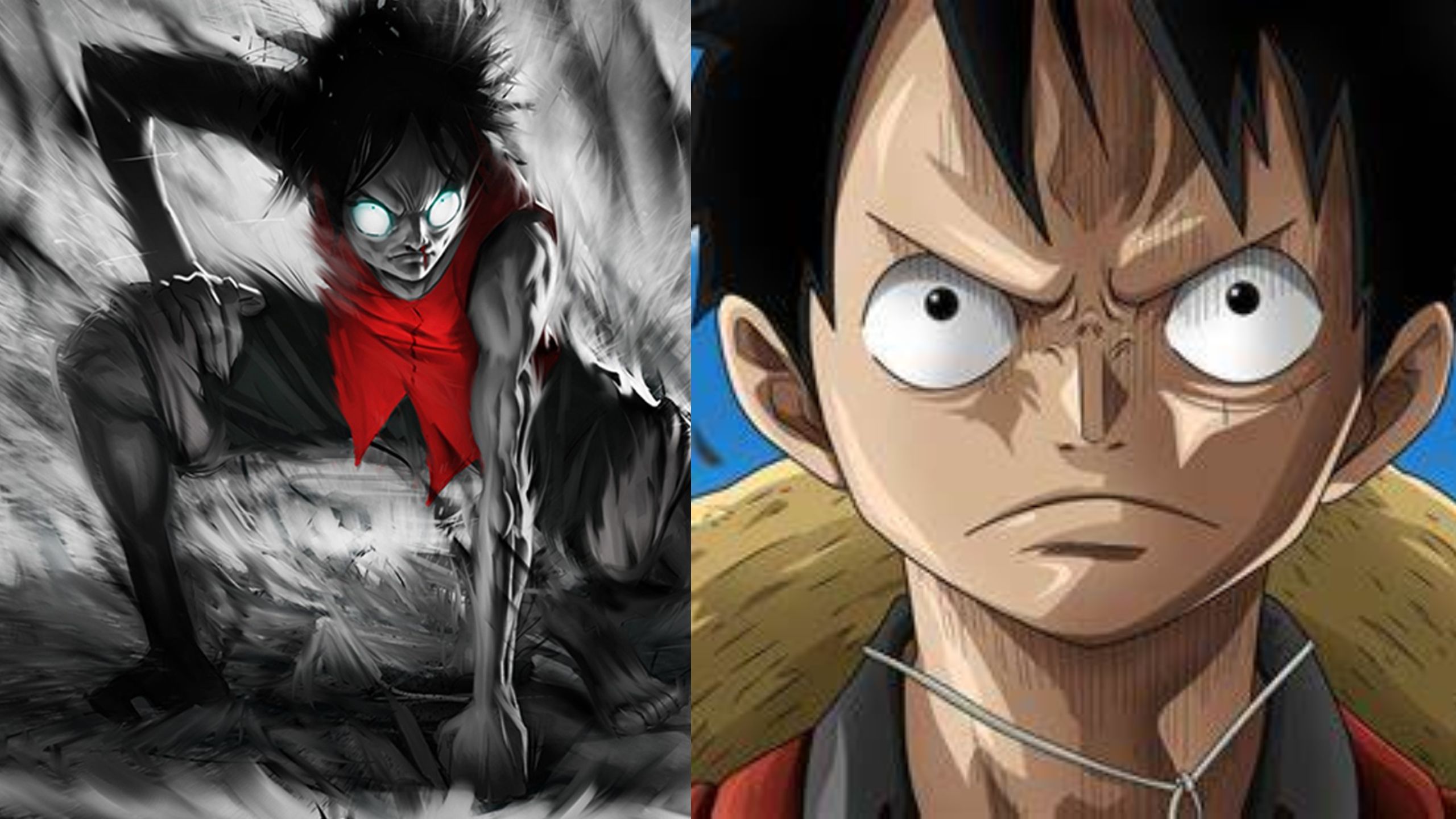
Remaking a beloved show is always tricky, especially if the original is still releasing new content.
But that doesn’t mean it’s doomed to failure, as even beloved classics have issues. This, combined with the fact that the animation industry never stops moving forward, means there are always ways to improve and build on what came before.


